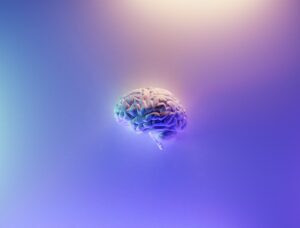Unlocking the Power of Deep Learning: A Guide to Advanced Techniques
Deep learning is a subset of machine learning that uses artificial neural networks to simulate human decision-making. It is a powerful tool for solving complex problems and making accurate predictions.
Understanding the Basics
Before delving into advanced techniques, it’s essential to understand the basics of deep learning. This includes learning about neural network architectures, activation functions, loss functions, and optimization algorithms.
Advanced Techniques
Once you’ve mastered the basics, it’s time to explore advanced techniques such as convolutional neural networks (CNNs) for image recognition, recurrent neural networks (RNNs) for sequential data, and generative adversarial networks (GANs) for creating new data.
Transfer Learning
Transfer learning is another advanced technique that involves reusing a pre-trained model on a new task. This can significantly reduce the time and resources needed to train a new model from scratch. For example, a pre-trained image classification model can be fine-tuned for a specific domain such as medical imaging or satellite imagery.
Reinforcement Learning
Reinforcement learning is a type of machine learning where an agent learns to make decisions by interacting with an environment and receiving feedback in the form of rewards or penalties. This technique is used in autonomous vehicles, robotics, and game playing.
Natural Language Processing
Natural language processing (NLP) is a branch of artificial intelligence that focuses on the interaction between computers and human language. Advanced techniques in NLP include language modeling, text generation, and machine translation.
Challenges and Best Practices
While deep learning has shown impressive results in various domains, it also comes with challenges such as overfitting, vanishing gradients, and interpretability. It’s crucial to follow best practices such as data augmentation, regularization, and model evaluation to mitigate these challenges.
Real-World Applications
Deep learning techniques are being used in a wide range of applications, from diagnosing medical conditions from medical images to powering virtual assistants and recommendation systems. For example, companies like Netflix and Amazon use deep learning to analyze user preferences and recommend personalized content.
In conclusion, unlocking the power of deep learning involves mastering advanced techniques, understanding challenges, and applying best practices. By doing so, you can harness the full potential of deep learning in solving complex problems and making accurate predictions.















